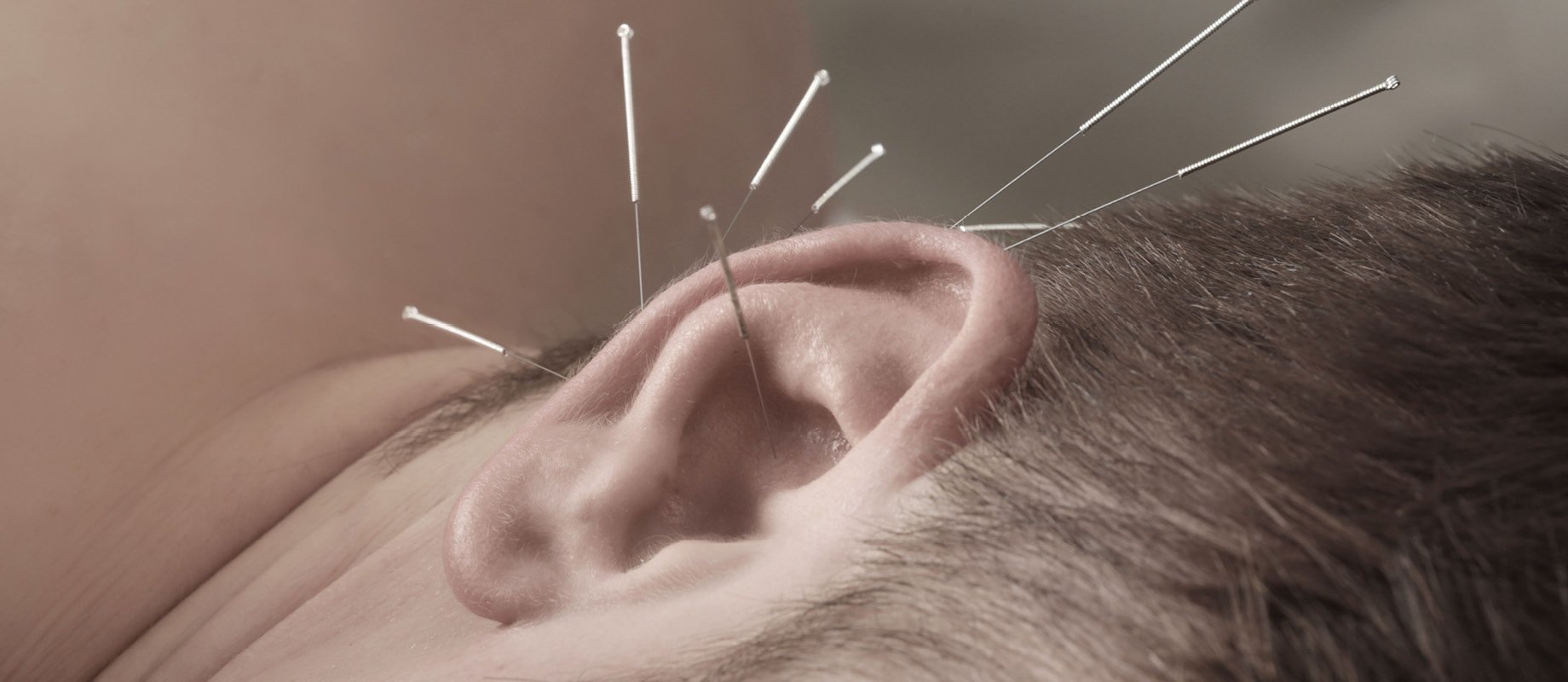How Proactively Auditing for Electro-acupuncture Codes Can Keep You Out of Trouble

compliance, false claims act, healthcare billing fraud, ebrief, fraud, electronic tools, non-compliance, Acupunture, Electro-acupunture
Acupuncture is becoming a more accepted treatment for pain in traditional medicine. Devices that deliver electro-acupuncture to the ear area are commercially available (P-Stim, Stivax, NeuroStim, ANSiStim, E-Pulse, and NSS-2 Bridge). However, there has been a great deal of news regarding electro-acupuncture in the ear area in the compliance world. Specifically, there have been multiple settlements with providers who have performed electro-acupuncture with these devices but then bill with reimbursable medical codes that are inaccurate.
Some of the codes most often allegedly used in error are L8680 (implantable neurostimulator, pulse generator) and/or CPT Code 64555 (implantation of peripheral nerve neurostimulator electrodes, accessed through the skin). Another code sometimes used is L8679.
In the most recent settlements, the government alleges that providers using these devices are not surgically implanting the devices as the billing codes require. Instead, the government alleges these devices are affixed behind a patient’s ear using an adhesive. Needles are inserted into the patient’s ear and attached using another adhesive. Once activated, the device then provides intermittent stimulation by electrical pulses. It is a single-use, battery-powered device designed to be worn for approximately four days until its battery runs out, at which time the device is thrown away.
Recent Settlements
In December of 2021, a Mississippi physician and his family medical practice agreed to pay $375,000 to resolve False Claims Act allegations of P-Stim Device Fraud. The government alleged that the physician and his practice billed Medicare over $900,000 for non-reimbursable acupuncture devices that were not surgically implanted despite using billing codes indicating that they were. For more, see the DOJ press release here.
In September of 2021, outpatient clinics in Tennessee agreed to pay $163,400 to resolve allegations that they knowingly and improperly billed Medicare for electro-acupuncture using peri-auricular stimulation devices in violation of the False Claims Act (“FCA”). In this case, it was alleged the clinics improperly billed under code L8679, which resulted in the clinics receiving payments from Medicare to which they were not entitled. L8679 is a billing code for “implantable neurostimulator, pulse generator” devices surgically implanted into the central nervous system or targeted peripheral nerves through procedures that a surgeon in an operating room typically performs. See the DOJ press release here.
In June of 2021, three separate healthcare providers in Texas have agreed to pay a collective $1,056,340.50 to resolve liability under the False Claims Act for the alleged improper billing of electro-acupuncture devices. In each of the three cases, the government alleged the providers billed Medicare for the application of ANSiStim devices to beneficiaries as though they were implantable neurostimulators. See the DOJ press release here.
These are some of the more recent settlements, but announcements like these are not new. These settlements have been going on for a couple of years at least, and it does not appear that the government will stop anytime soon. Of note, most allegations found in False Claims Act settlements are usually first brought to the government's attention through whistleblowers.
Typically, when that is the case, the press release announcing the settlement will allude to the fact that a whistleblower was involved. Interestingly, these electro-acupuncture settlement press releases do not reference any whistleblowers. This probably means the government is investigating these cases on its own through data analytics. And when you come to think about it, it does not seem like it would be challenging to find outliers since the government has access to all the Medicare billing data. It would be relatively simple to run data queries for high utilizers of medical codes L8679, L8680, and 64555. This is especially true when these codes are being performed in a clinic or similar setting, as the use of these codes is typically reported by a surgeon (as opposed to a family practitioner or chiropractor) and typically performed in an operating room.
What Can Compliance Professionals Do?
Compliance professionals could quickly run queries for these codes and do some quick auditing to determine if their providers are reporting them for electro-acupuncture devices. If they are, you may want to refund payments to Medicare proactively.
To download this blog as a PDF, click the button below.


Questions or Comments?